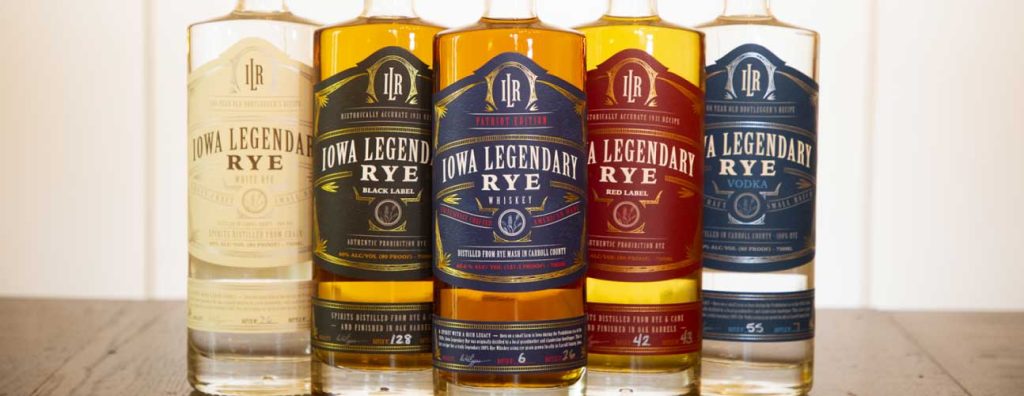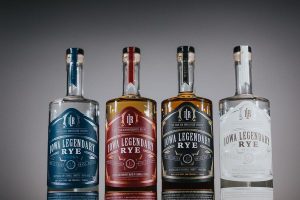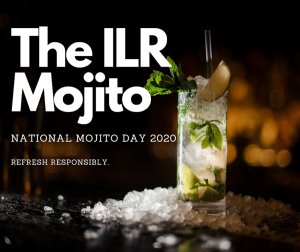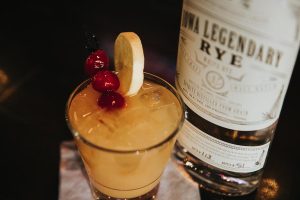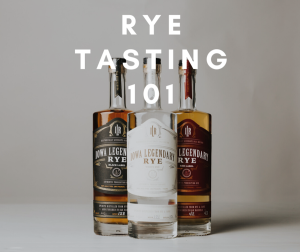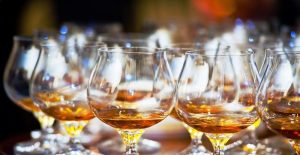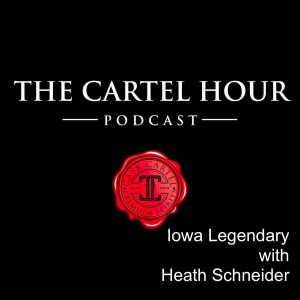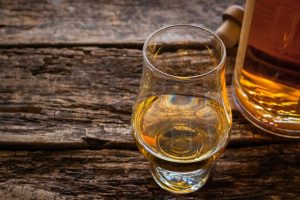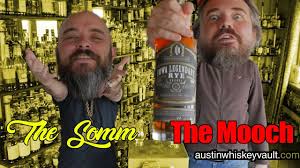As citizens in so-called dry states pleaded for whiskey to prevent or treat the deadly virus, some astute officials devised a solution: liberate the vast stores of bootleg liquor confiscated since the statewide prohibition laws took effect. While some of the contraband poured down sewers, much of it remained locked away as evidence or possibly in anticipation of eventual repeal Newspapers across the United States reported that military doctors were administering confiscated whiskey in Army camps hard hit by the flu. Two railroad cars of it reportedly rolled into besieged Camp Lee in Richmond, Virginia. Hundreds of quarts had dispatched to fighting men for an influenza outbreak at Camp Dodge, Iowa, where more than 500 soldiers had already died, the newspapers reported.
However, officials soon began using their bootleg whiskey in civilian hospitals as well. The sheriff of Omaha, Nebraska, donated 500 gallons to local hospitals. Meanwhile, the Internal Revenue Service commissioner in Washington directed his North Carolina revenue agents to distribute the confiscated whiskey to hospitals throughout the state.
The medical community was divided over whether whiskey was genuinely beneficial in combating influenza or for any other purpose. In 1916, the prestigious United States Pharmacopeia, which publishes standards for prescription and over-the-counter medications, removed whiskey, brandy, and wine from its listings. The following year, the American Medical Association’s House of Delegates endorsed Prohibition, resolving, over the objections of some delegates, that “the use of alcohol as a therapeutic agent should be discouraged.” A revenue agent dressed in a waistcoat designed to conceal whisky during America’s prohibition era, circa 1923.
Despite this, many physicians continued to recommend and prescribe whiskey for the influenza pandemic and various other ailments. When the American Medical Association surveyed physicians on the subject in 1922, 51% stated that whiskey was a “necessary therapeutic agent.” Some physicians believed alcohol stimulated the heart and respiratory systems of patients who were weakened by illness, while others believed its sedative effects made suffering patients more comfortable.
Even in states that prohibited alcoholic beverages, physicians could frequently write prescriptions for medicinal whiskey, which pharmacists could dispense with certain restrictions. In Colorado, for example, physicians were required to obtain state-issued numbered prescription forms, and prescriptions were limited to four ounces. In Michigan, physicians could prescribe up to eight ounces but were required to indicate how many prescriptions the patient had already received in the preceding year; the pharmacist was then required to forward the form to the county prosecutor. In Indiana, physicians could only prescribe grain alcohol in its purest form.
Cities with ample supplies of whiskey occasionally distributed it directly to anyone with a doctor’s prescription. For example, in Burlington, Vermont, the local police department provided free prescriptions through the city’s epidemic emergency fund. Local authorities in Nashville distributed 10,000 half-pints of whiskey to residents with prescriptions.
Certain physicians appeared all too eager to reach for the prescription pad. In 1919, four physicians and a druggist were arrested in Pittsburgh as part of a scheme to sell whiskey to “patients” who had never been examined. The doctors were compensated $1 for each prescription, while the pharmacist was compensated $5 per bottle of whiskey. Newspaper reports stated that the scheme was so successful that local bootleggers were forced to lower their prices in order to compete.
Of course, residents of wet states were still free to purchase whiskey and other spirits as they pleased. Concerned about the potential impact of the influenza pandemic on his workforce, the president of a Baltimore roofing company purchased a large bottle of rye whiskey and instructed his employees to help themselves “whenever, in their individual estimation, it may be indicated.” He stated that not a single one of his over 200 men had fallen ill. He made no mention of whether they fell from any roofs.
The manufacturers of over-the-counter patent medicines, which the Food and Drug Administration did not fully regulate at the time, saw a profit opportunity as well. Along with newcomers such as Influenzene and Spanfluenza tablets, many widely advertised concoctions that had been around for years added Spanish influenza to the list of ailments they claimed to prevent, treat, or even cure. Apart from being of little or no medical value, they all had a high alcohol content.
Tanlac, for example, billed itself as the “Master Medicine” and claimed to cure almost anything, contained 17% alcohol. And Peruna, one of the era’s most successful patent medicines, contained a reported 28%.
Meanwhile, it was reported that pro-Prohibition forces were becoming concerned. Would all the publicity surrounding whiskey’s alleged medical benefits derail their efforts to ratify the 18th Amendment and make Prohibition permanent? They were unnecessarily concerned. By January 16, 1919, the Amendment had garnered the necessary votes from all states and took effect a year later.
To put it mildly, not everyone was pleased with the outcome. When a soldier on a troopship returning from the war in 1919 interrupted a former government official who was giving the men a patriotic speech, he spoke for many of his comrades. “Yes, we fought for democracy,” the soldier is said to have exclaimed, “but all we got was Spanish influenza and Prohibition.”
As with everything in history, rye whiskey is making a comeback in the bar scene. While rye remains dwarfed in comparison to other types of whiskey, its volume has increased more than 500 percent since 2009, far outpacing the growth of those other whiskeys. Jack Daniel’s and Jim Beam have taken notice and launched their own rye expressions, while Wild Turkey’s was nearly sold out.
Other craft distillers have taken notice, with Anchor Distilling establishing their rye 18 years ago, eclipsing even Mount Vernon’s efforts to revive George Washington’s styles. These are whiskeys made entirely of rye and aged only briefly, if at all, how the earliest versions of rye were sold. They are sharp, herbal, sweet, and essentially clear, making them ideal for reintroducing the fundamentals of cocktail making.
Buffalo Trace (not technically craft distilling, but their experimental stills qualify) supplied the rye that helped make the Sazerac famous in the 1800s and has relaunched their brand. Sazeracs, Old Fashioneds, and Manhattans all benefit from a more nuanced flavor when crafted with rye, and the public is taking notice. Plus, something is more suited to the “seasoned drinker,” millions of people automatically assume they are old pros.
We have already discussed Mount Vernon’s distilling operation, but it is worth repeating. They create their whiskeys using the recipes discovered during their research into George Washington’s recipes. They are more than willing to discuss their distillery and alcohol history in America and partaking in a whiskey tasting bringing anyone one step closer to having wooden teeth and unwavering devotion to colonial independence.
Surprisingly, not all established brands are reviving. Old Overholt, one of the oldest rye whiskey brands, if not the oldest, has covered every aspect of rye’s life in America except for the modern twist.
They were enormous in the 1800s, were decimated by World Wars and Prohibition (despite having a permit to sell “medicinal whiskey”), were forced to turn their whiskey into cheap, diluted rotgut, were eclipsed mainly by vodka in the latter half of the twentieth century, and were eventually acquired by what became Beam Suntory. However, rather than returning to the shelves and into cocktails, Old Overholt is in a state of limbo.
Beam Suntory is convinced that the rye revival is a viable movement, and as a result, they are delegating some of their rye brands to the background, including Overholt. Hopefully, another year or two of solid sales will result in the brand’s revival.
Rye’s renaissance is mainly due to something with which you are undoubtedly intimately familiar. Bartenders and their patrons are becoming more daring. They began with an authentic Manhattan and expanded from there, creating an increasing number of cocktails around the spicy foundation of flavorful ryes.
Mixologists sought after for their experimental flavors, not for their watered-down vodka drinks.
Additionally, new distilleries are eager for the opportunity to make their mark with an unknown whiskey variety. They see rye as a way to get in on the ground floor of a whiskey revival with distinct flavors.
The public adores the novel flavor, and if these distilleries succeed in creating memorable rye, they can count on a few years of fervent brand loyalty. With an increase in the number of people mixing rye-based cocktails at home and requesting specific brands at bars, distilleries want to ensure they are the ones being requested.
The pre-Prohibition whiskey of the United States of America is making a comeback, thanks to a new generation of craft producers. Here’s the skinny on the hooch and three locations where one can try it.
Rye whiskey is bourbon’s boisterous older brother, with more personality, intensity, and an acquired taste. While variations exist throughout the world, Canadian whiskey is frequently referred to generically as rye but is fundamentally an American spirit. This is where Prohibition and Rye Whiskey come into play.
